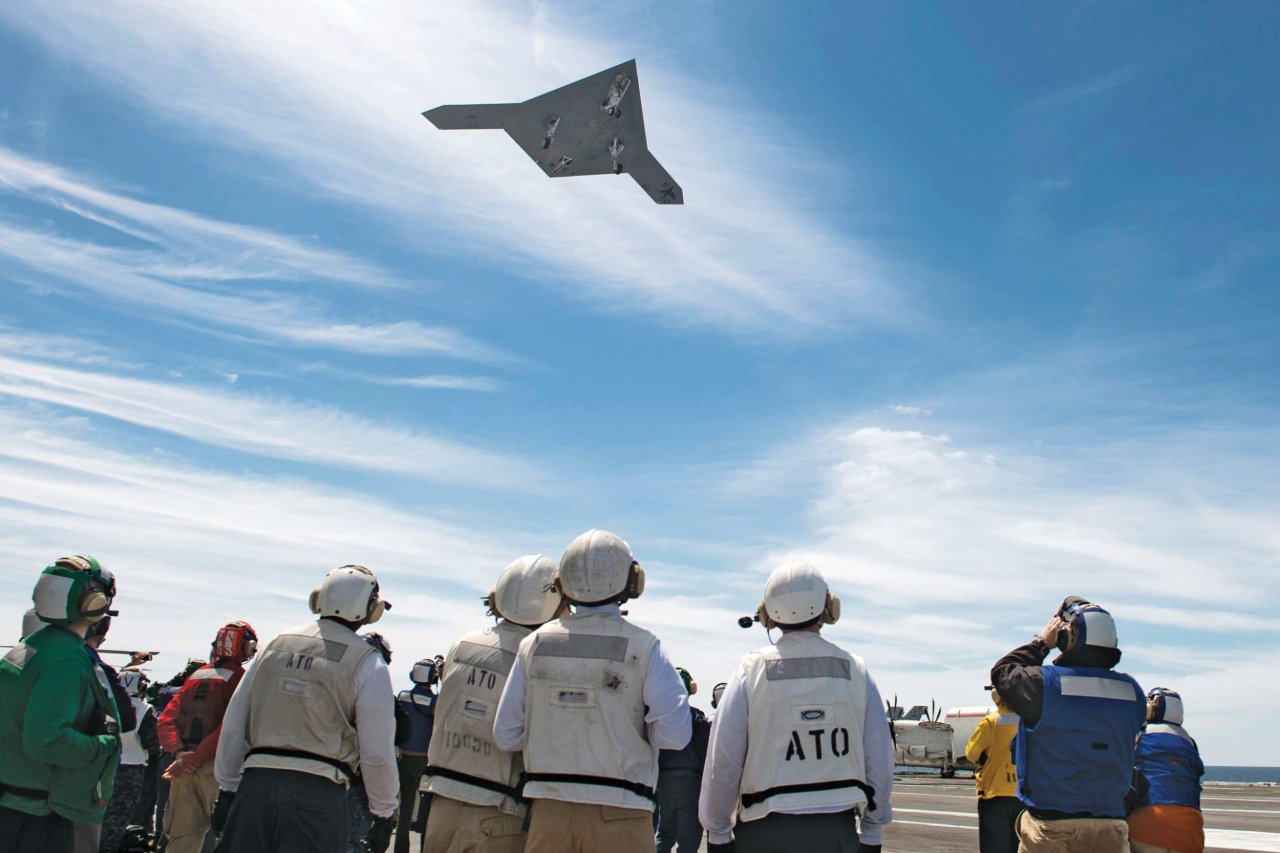WHEN DRONES kill America's enemies (and occasional bystanders), the button may be pushed from thousands of miles away, but at least a human being pushes it. The new "lethal autonomous robots" being developed by the world's military industries will be making those life-and-death decisions for themselves. Last month Christof Heyns, the United Nations special rapporteur on extrajudicial, summary, or arbitrary executions, called for a "pause" in the development of Terminator-like devices that are a lot closer to deployment than most people realize. The Pentagon's Defense Advanced Research Projects Agency publicizes the robots it is developing as if they were just for rescue work in hazardous environments: sort of two-legged improvements on bomb-disposal robots. But of course that's not all there is to it. Robot-weapons will be able to compute the kill decision very fast, while "human thinking can be clouded by emotion," says Heyns, who added that "humans may in some cases, unlike robots, be able to act out of compassion or grace." Such technology may also tempt governments to send robots into wars, or start them, where risks to human soldiers would give the leaders pause. "War without reflection," says Heyns, "is mechanical slaughter."
Terminating Robotic Weapons Before It's Too Late





























